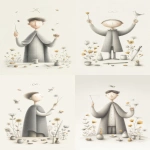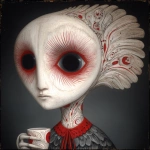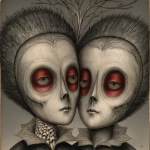Explore the Best AI Image Gallery
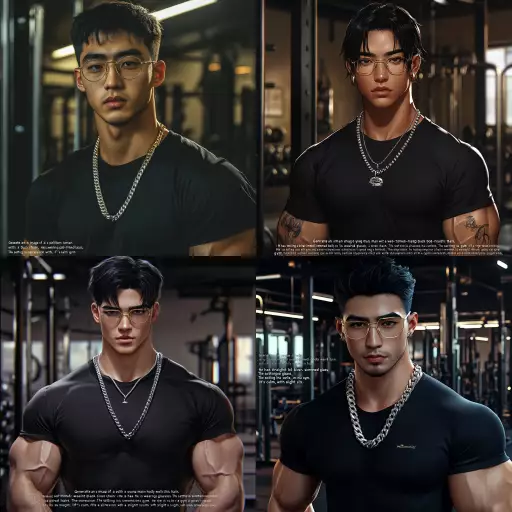
Beyond the Brushstrokes: How Wearable Tech Is Transforming Artistic Creation
The realm of art has always been a space for exploration, innovation, and pushing boundaries. From the earliest cave paintings to modern-day digital installations, artists have continually sought new tools and mediums to express their visions. Today, wearable technology is emerging as a groundbreaking force, revolutionizing artistic creation in ways we couldnt have imagined just a few years ago.
A New Canvas for Expression
Wearable tech offers artists an unprecedented level of interaction and control over their creations. Imagine a painter who can translate their brushstrokes directly into light projections, or a sculptor who can mold virtual clay with the movements of their hands. These are no longer science fiction concepts but tangible possibilities made real by advancements in sensors, haptic feedback, and augmented reality.
Artists are embracing these new tools to create immersive experiences that blur the lines between the physical and digital worlds. Through AR glasses, viewers can interact with sculptures that come alive with color and movement, or step into paintings that transform around them. Wearable devices allow for a more personalized and engaging artistic experience, where the audience becomes an active participant in the creative process.
The Potential Applications Are Limitless
- Interactive Installations: Imagine walking through a gallery where your movements trigger dynamic light displays or sound compositions, creating a truly immersive and responsive artwork.
- Gesture-Based Art: Wearable sensors can translate the artists movements into brushstrokes, musical notes, or even 3D models, opening up new avenues for intuitive and expressive creation.
- Augmented Reality Performances: Wearable tech can enhance live performances by superimposing digital elements onto the stage, creating a surreal and visually captivating experience for the audience.
- Personalized Art Experiences: Imagine generating unique artwork based on your emotions, movements, or even brainwaves. Wearables can capture these bio-signals and translate them into personalized artistic expressions.
Navigating Ethical Considerations
As with any powerful technology, wearable tech in the creative industry raises important ethical considerations. Data privacy is paramount, ensuring that personal information collected through wearables is used responsibly and ethically. The potential for bias in algorithms used to generate art needs careful consideration to avoid perpetuating existing inequalities.
Furthermore, its crucial to address questions of authorship and ownership in a world where AI and wearable tech contribute to the creative process. Defining clear guidelines and legal frameworks will be essential as we navigate this evolving landscape.
Future Trends Shaping Artistic Creation
The convergence of wearable tech, artificial intelligence, and virtual reality promises even more exciting possibilities for artistic expression in the future:
- Immersive Art Worlds: Wearable devices will allow artists to create fully immersive virtual art worlds that users can explore and interact with.
- Collaborative Creations: Artists from around the globe can collaborate on projects using wearable tech, breaking down geographical barriers and fostering a more interconnected creative community.
- Personalized Artistic Education: Wearable sensors and AI-powered tutors can provide personalized feedback and guidance to aspiring artists, making art education more accessible and engaging.
The impact of wearable technology on the creative industry is profound and multifaceted. It empowers artists with new tools for expression, opens up boundless possibilities for immersive experiences, and challenges us to rethink the very nature of creativity itself. As we continue to explore this evolving landscape, one thing is certain: the future of art will be shaped by the innovative fusion of technology and human imagination.
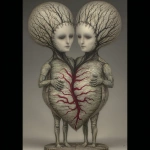
](https://images.ai-img.art/thumbnails/150/6a9bb97a3f1c45ab616724cc54bca010cbcc2d658a9c0e4581aa181c88046444.webp)
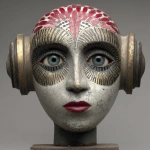
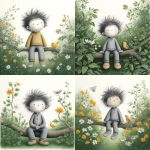

](https://images.ai-img.art/thumbnails/150/1b14bd827b740aca3b0d8efa7ed6865e28c7c8382172f3f565c96b6c5f64ca78.webp)




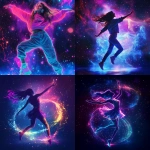
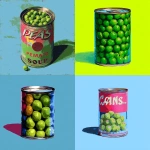
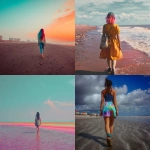

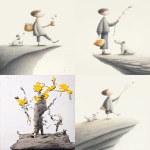
](https://images.ai-img.art/thumbnails/150/065f0b2e150f4cc43a9da80d822e8a385e9e50f2f6ff2cc3be7639cfd74952da.webp)
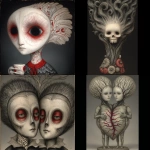

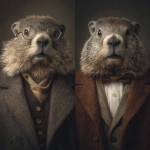

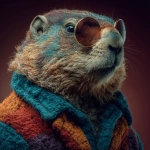


](https://images.ai-img.art/thumbnails/150/45237dfa7845159b860f9e234c48c4418e8efcb52b4d15da4493f46e6a99f337.webp)


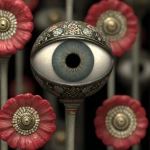

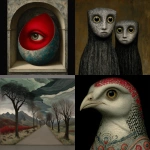
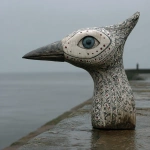


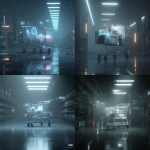

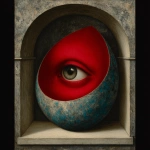

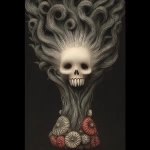


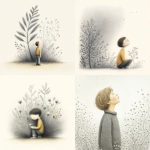
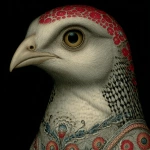



](https://images.ai-img.art/thumbnails/150/6a577517a359cd2bc6212d6b0f12c7cab660841317023550a76c84f409c7f2d0.webp)
